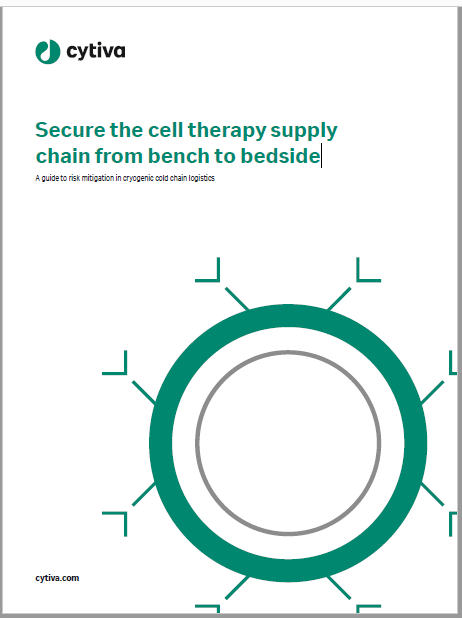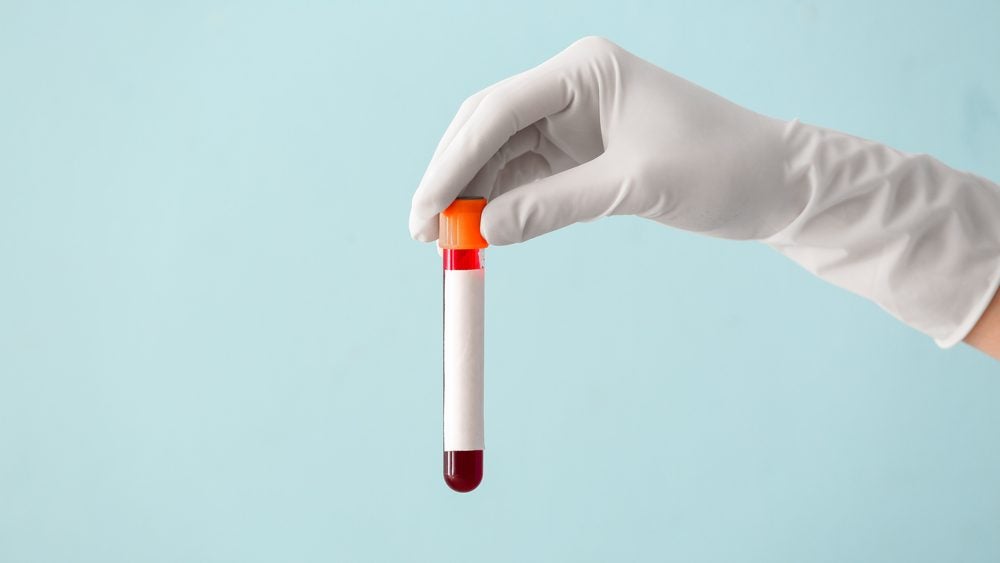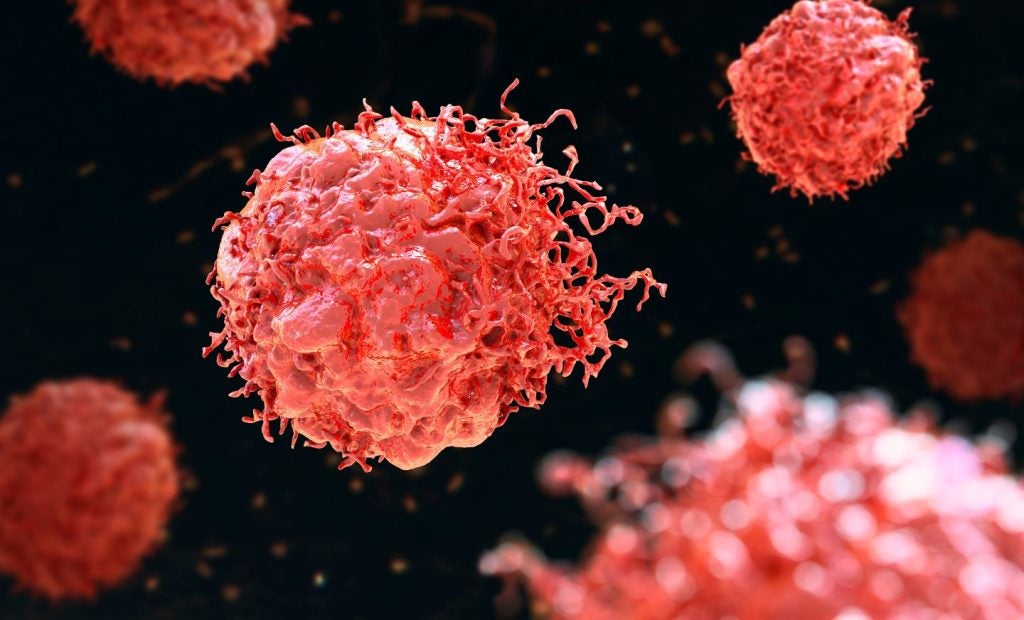
Freeline Therapeutics plans to progress dose escalation for FLT190, its adeno-associated variant vector (AAV)-based gene therapy for Fabry disease. The therapy has produced promising preliminary Phase I/II trial results indicating that the single administration of a low dose of FLT190 is well-tolerated.
GlobalData believes Freeline’s preliminary data and confidence in progressing dose escalation this year will likely show single-dose, AAV-based therapies to be highly efficacious in treating lysosomal storage disorders such as Fabry disease. The current treatment regimen is based on enzyme replacement therapies with frequent dosage regimens for the patient’s entire lifetime. If FLT190 is shown to be efficacious as a single-dose therapy, and curative, it will rapidly erode the market share of enzyme replacement therapies (ERTs), leading to the gene therapy capturing a large share of the Fabry disease market.
Fabry disease is a lysosomal storage disease that leads to the build-up of the toxic metabolite globotriaosylceramide (Gb3) due to the deficiency of enzyme α-galactosidase A (α-GAL A). Freeline uses a proprietary AAV capsid that has demonstrated a high liver transduction efficacy to create high levels of the desired protein activity, α-GAL A.
With a single-dose administration, FLT190 has led to a three to four-fold increase in α-GAL A activity in the first patient dosed. The Fabry disease market, along with the wider therapeutic market for lysosomal storage disorders, has several gene therapies in the pipeline that are AAV-based and are at Phase I/II in clinical development.
There are several AAV-based gene therapies in the Fabry disease pipeline aiming to launch by the end of the decade as single-dose administered therapies. FLT190 is the first AAV-based therapy in the Fabry disease pipeline to demonstrate significant efficacy, with a three to four-fold increase in α-GAL A activity achieved by the fourth week of its trial (0.3 à 1 ± 0.2 nmol/hr/ml).
See Also:
FLT190 aims to deliver a functional copy of its therapeutic gene, galactosidase-α (GLA), which encodes for α-GAL A, into the liver. From there, the α-GAL A protein can be secreted into the patient’s blood. Two other AAV therapies, Sangamo Therapeutics’ ST920 and 4D Molecular Therapeutics’ 4D-310, are set to produce preliminary data later this year. Both therapies also aim to show significant efficacy with single-dose administration.
How well do you really know your competitors?
Access the most comprehensive Company Profiles on the market, powered by GlobalData. Save hours of research. Gain competitive edge.

Thank you!
Your download email will arrive shortly
Not ready to buy yet? Download a free sample
We are confident about the unique quality of our Company Profiles. However, we want you to make the most beneficial decision for your business, so we offer a free sample that you can download by submitting the below form
By GlobalDataA fourth gene therapy, AVROBIO’s AVR-RD-01, has shown promising preliminary data in a Phase I/II trial, although it is a lentiviral vector therapy that is an ex vivo gene therapy. CD34+ stem cells are selected from a patient’s blood sample before a lentiviral vector with the GLA gene is transduced into the cells, which are then intravenously administered back to the patient. This therapy has produced a three-fold increase in α-GAL A enzyme activity in one patient at three months after dosing, and has sustained plasma Gb3 decrease in another patient at nine months after dosing.
Although AVR-RD-01 is FLT920’s closest competitor in terms of clinical data released, key opinion leaders interviewed by GlobalData have stated that it is unlikely to be popular with patients due to the multiple stages required in administering the therapy. This is especially the case when regarding the potential availability of single-dose AAV therapy, which will be available on the market at around the same time with similar or greater efficacy.
These AAV therapies have found an early position in the Fabry disease pipeline and require more clinical data to establish their likely market position and uptake. FLT190 is particularly likely to revolutionise the treatment of lysosomal storage disorders with significantly fewer treatment administrations over a patient’s lifetime, or even a single-dose curative therapy, compared with the current bimonthly ERT regimen. The current position that Freeline has achieved with FLT190 places the company ahead of its competitors and in a position to dominate the Fabry gene therapy landscape, provided the therapy is able to continually produce high efficacy and safety data.
Cell & Gene Therapy Coverage on Clinical Trials Arena supported by Cytiva.
Editorial content is independently produced and follows the highest standards of journalistic integrity. Topic sponsors are not involved in the creation of editorial content.










Related Company Profiles
Sangamo Therapeutics Inc
4D Molecular Therapeutics Inc
AVROBIO Inc